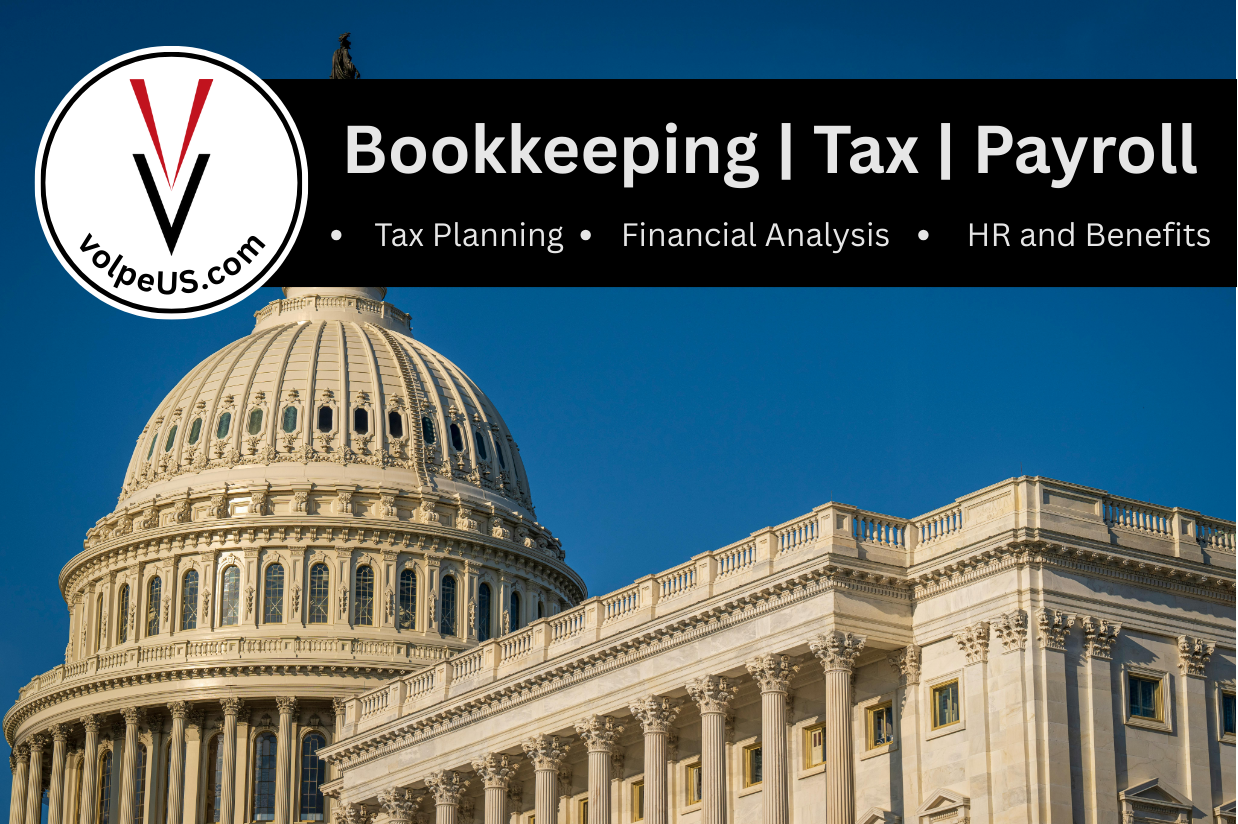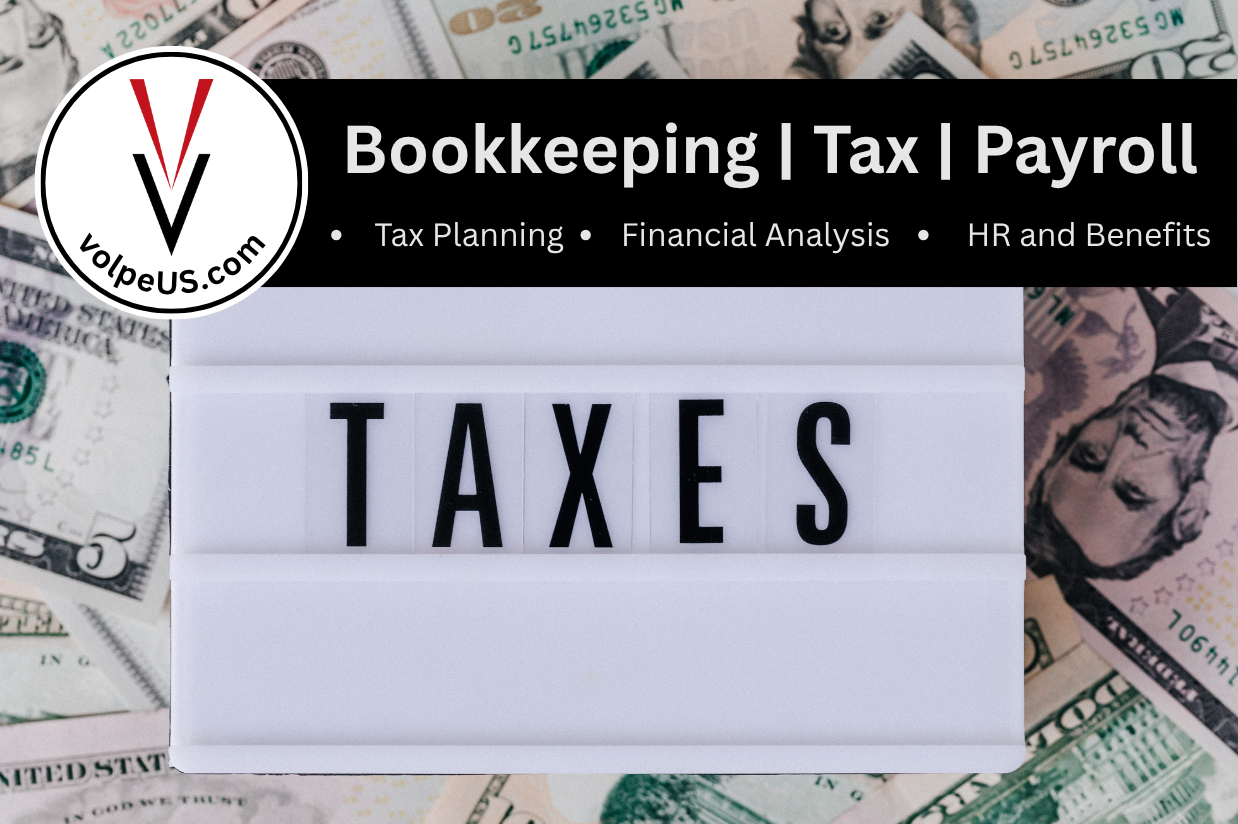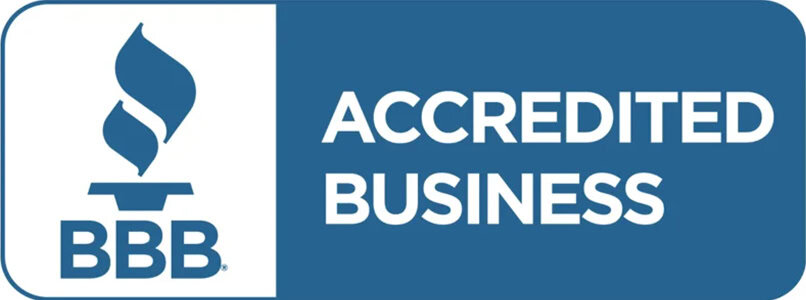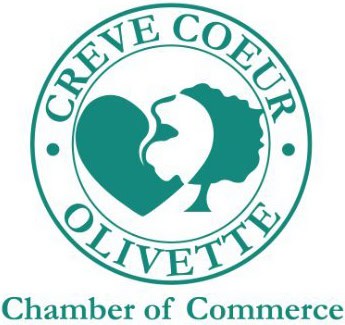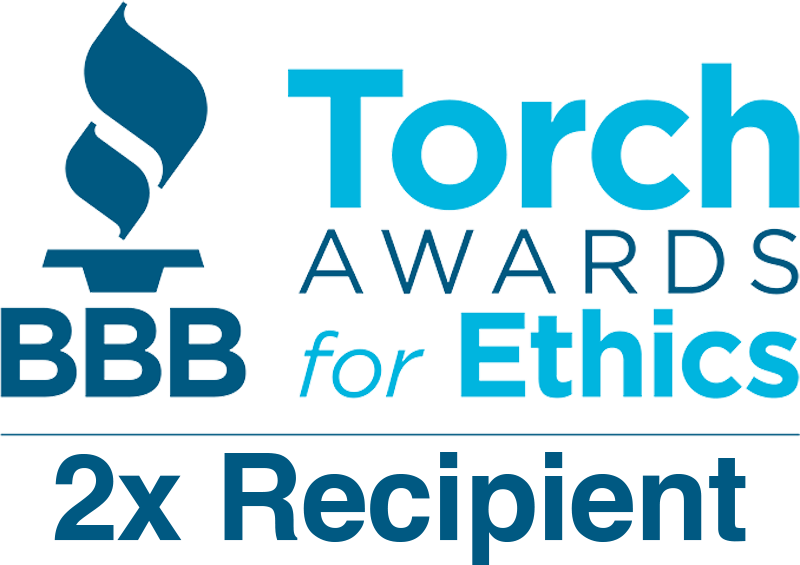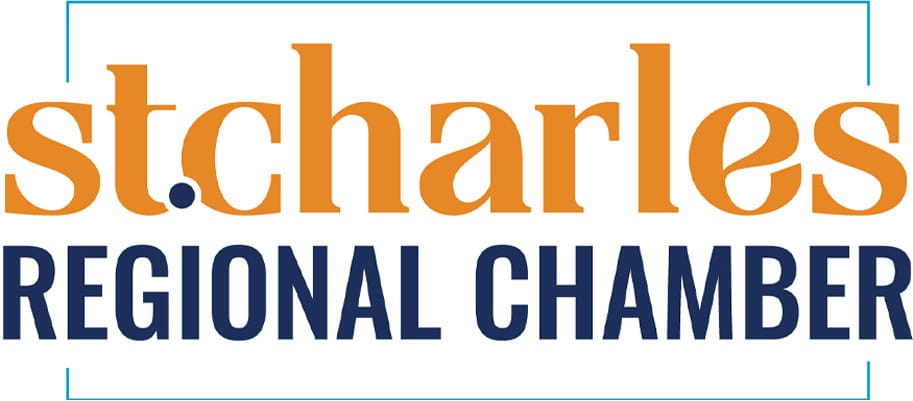The One Big Beautiful Bill Act covers everything from the tax deduction limit for whaling captains (Sec. 70429) to allocating funds for the 2028 Olympics (Sec. 90005). At 1,116 pages, this bill is a behemoth—but it also holds several new changes on how to account for your taxes. If you’d like, you can read the full text here or review the 75-page summary here. But since we’re all busy, this article highlights some of the key points most likely to affect you.
The Act was signed into law on July 4, 2025. In this article, we’ll highlight the sections that matter most, along with their section numbers for easy reference if you want to dig deeper into the bill itself.
No Tax on Tips (Sec. 70201)
One of the most talked-about provisions of the bill is the exclusion of tips from taxable income. This above-the-line deduction lowers your gross income and, in turn, your overall tax burden. It will be active through 2028 and applies to up to $25,000 of qualified tip income.
Example: If you are employed as a server in a restaurant and receive $30,000 in hourly wages plus $15,000 in tips during the year, only your $30,000 wage income would be subject to federal income tax; the $15,000 in tips would be entirely tax-free, provided it falls below the $25,000 annual cap. If your tip income exceeds the limit, only the first $25,000 is excluded, with the remainder treated as taxable income.
The tip income exclusion applies nationwide, regardless of your state’s income tax rules. While federal income tax is waived on up to $25,000 in tips, state tax treatment may vary depending on local laws—some states may choose to conform to federal rules, while others may not. It’s important to note that the exclusion is temporary and will be available until the end of tax year 2028, unless extended by future legislation.
Note: This applies regardless of whether you live in a state with no state income tax—federal income tax still applies.

No Tax on Overtime (Sec. 70202)
Similar to tips, overtime pay now receives favorable tax treatment through 2028. However, only the premium portion (the extra 50%) of overtime wages is tax-exempt.
Example: To illustrate, let’s say your standard hourly rate is $20. For 300 overtime hours, you are paid $30 per hour, which includes your standard $20 rate plus a $10 overtime premium (the 50% extra). If you earn $9,000 in total overtime compensation, $3,000 of that (representing the overtime premium) would qualify for the federal tax deduction. Only this premium portion is excluded from taxable income; your regular wages and the base portion of overtime pay remain subject to federal tax.
However, this benefit is subject to phase-out limits designed to target relief toward moderate-income earners. The deduction begins to phase out once your modified adjusted gross income (MAGI) reaches $150,000 for single filers or $300,000 for joint filers. Above these thresholds, the exemption is gradually reduced and eventually eliminated.
Note: The IRS is expected to release specific reporting guidelines later this year, detailing how employers should account for and report exempt overtime premiums on Form W-2. This forthcoming guidance will be particularly important for small businesses and payroll departments to ensure compliance and accurate record-keeping.
It’s crucial to recognize that this deduction affects only federal income tax calculations and does not alter payroll tax obligations or withholding procedures. Employees will continue to see standard payroll deductions on their paychecks, but can expect to benefit from a lower federal tax bill—and possibly a larger refund—when filing annual returns.
Keep in mind that both the tip and overtime provisions require diligent record-keeping. Employees and employers alike should maintain accurate documentation of tip income and overtime hours worked, as these records will be necessary to substantiate claims for the new deductions during tax preparation.
SALT Deduction Increases (Sec. 70120)
The cap on the State and Local Tax (SALT) deduction has risen significantly, from $10,000 to $40,000. It increases slightly in 2026 ($40,400) and then by 1% annually until 2030, when it reverts back to $10,000 unless extended.
This change means many more taxpayers will find it advantageous to itemize instead of taking the standard deduction. It also reduces the need for many small businesses to elect to pay the State PTE (Pass-Through Entity) tax, since the expanded deduction provides similar relief.
Bonus Depreciation (Sec. 70301)
Bonus depreciation once again allows for 100% expensing of eligible property acquired and placed in service on or after January 19, 2025.
This isn’t new—it renews a popular provision that first took effect in 2018 and was gradually phasing out beginning in 2023.

Research Deduction (Sec. 70302)
Businesses can now fully deduct expenses for domestic research or experimental activities in the year they are incurred. These expenditures include costs associated with learning new techniques, developing new products, and acquiring patents. While broad in scope, this provision is most relevant to companies heavily engaged in innovation and less applicable for most small business owners.
Paid Family Medical Leave (Sec. 70304)
This section makes the Paid Family Medical Leave credit permanent. Employers may claim a tax credit of up to 25% of either wages paid to qualified employees on family or medical leave, or premiums paid for related insurance policies.
Increase in Deduction for Certain Depreciable Assets (Sec. 70306)
The maximum deduction for depreciable business assets has increased from $1.25 million to $2.5 million. The threshold for when the deduction begins to phase out also rose—from $3.13 million to $4 million.
Form 1099-K Revisions (Sec. 70432)
Form 1099-K reporting requirements have shifted again. Under this act, third-party settlement organizations must issue Form 1099-K to payees who receive more than $20,000 and have more than 200 transactions. This reverses the prior $600 threshold introduced in the American Rescue Plan Act of 2021, which had been repeatedly delayed.
Other Notable Provisions
- Tax credits for electric vehicles, solar, and residential energy efficiency improvements end January 1, 2026.
- A deduction for vehicle loan interest is available on new U.S.-built cars purchased after January 1, 2025.
- A new charitable deduction of $1,000 per person is available for non-itemizers.
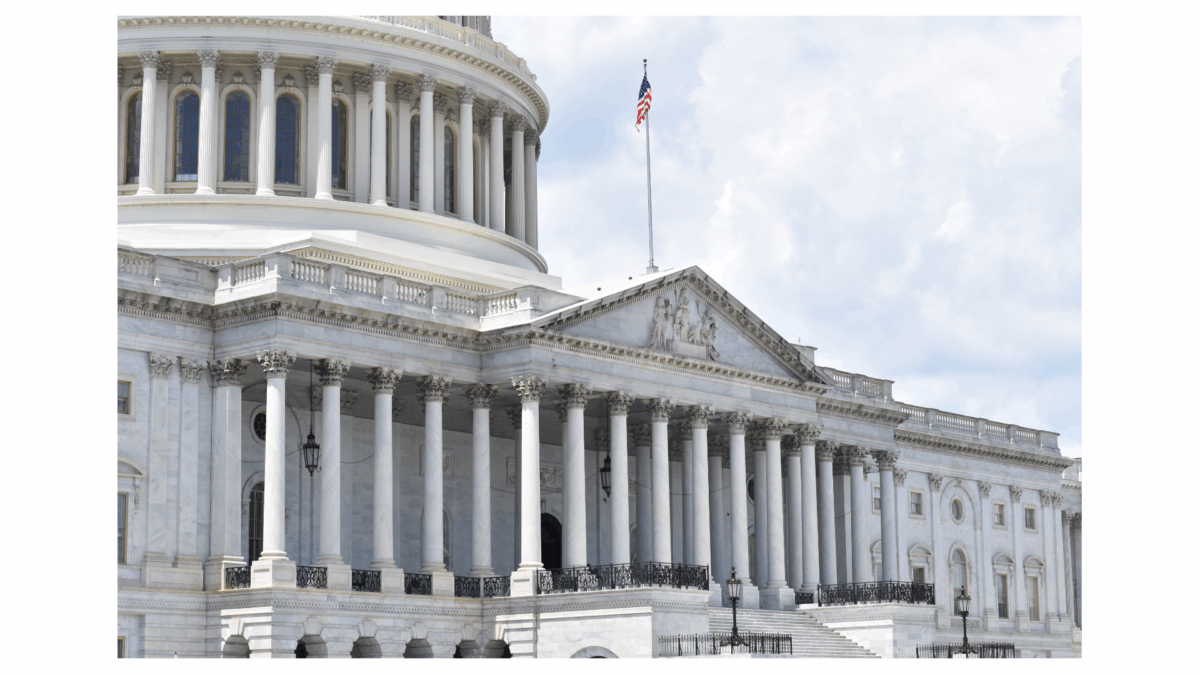
Conclusion
The One Big Beautiful Bill Act contains wide-ranging provisions that touch nearly every corner of the tax code. While keeping up with such massive legislation can feel overwhelming, we hope this article has clarified some of the most impactful changes.
If you’d like tailored guidance on how these provisions may affect your personal or business taxes, reach out — we’re here to help you navigate with confidence.
If there’s a pain point within your operation that you’d like to discuss, we’re here. We’d appreciate the opportunity to look into it with you and hopefully provide some insight as to how you can move forward. For more information, or to just put a few faces to the name,
Disclaimer: The content on this blog is for informational, educational, and occasional entertainment purposes only. It should not be construed as legal, tax, or financial advice.
